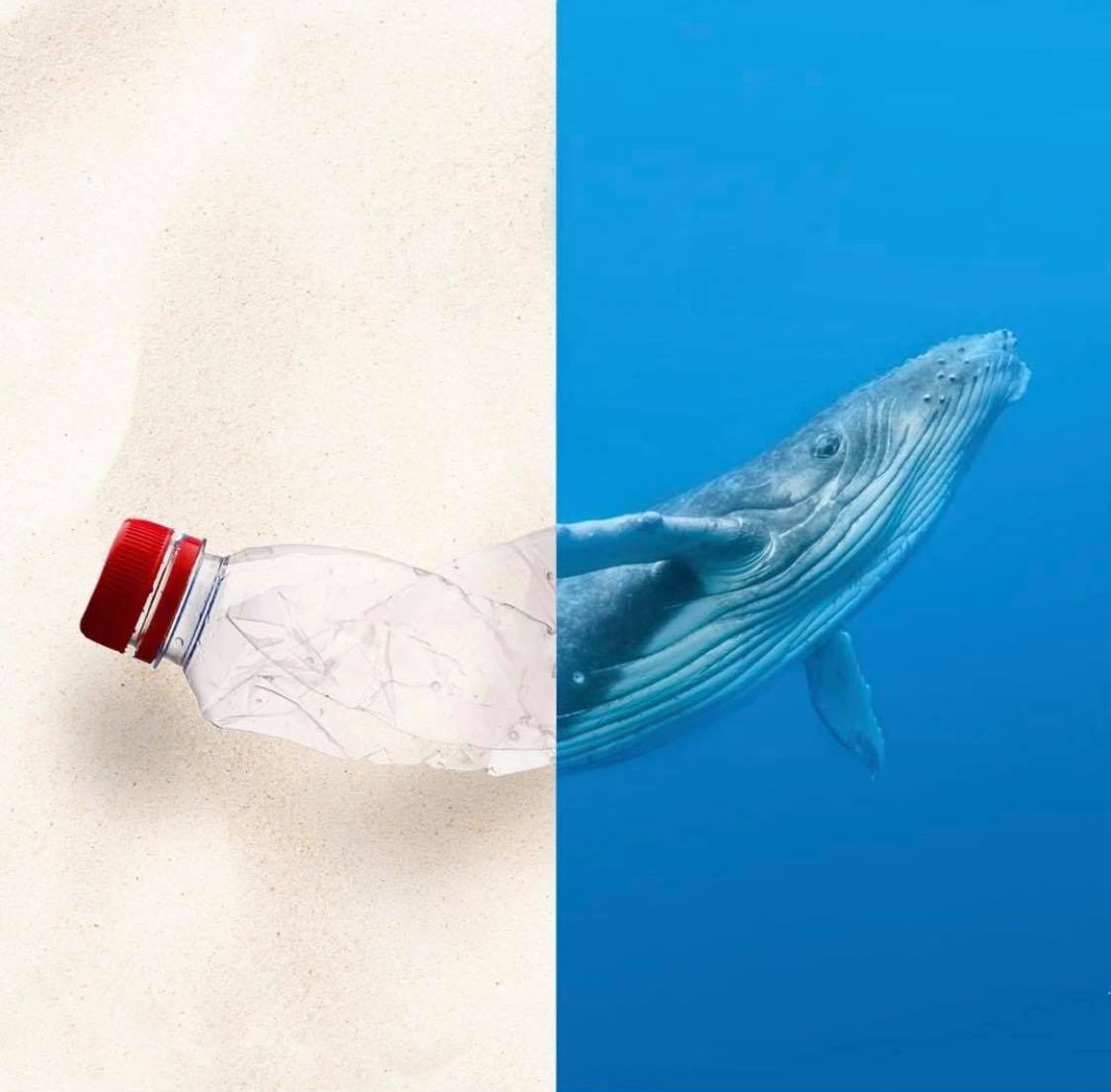According to WWF (World Wildlife Fund), “One dump truck full of plastic waste enters our ocean every minute”, this is the equivalent to 8 million tons of plastic every year which is having a significant impact on our sea-life.
While you may have heard of green beauty, blue beauty is the latest trend to overtake the industry. Where green beauty emphasizes on environmental protection, blue beauty aims to address the ways the industry’s products harm our oceans as well as threaten our sea life, from plastic packaging and harmful ingredients to the harvesting of marine-derived ingredients such as squalene and seaweed.
There are numerous ways in which a brand can work towards a bluer future from creating plant-based alternatives to marine-derived ingredients to forbidding the use of harmful chemicals in products such as microbeads and coral-bleaching chemicals and ensuring all packaging is recyclable or refillable.
For instance, let’s talk about “squalene” a well-known hydrating ingredient widely used in cosmetics that is originally extracted from shark liver. Recently, Biossance, a sustainable beauty brand, has come up with a new approach that doesn’t destroy marine environments: a biosynthetic plant-based substitute from renewable sugar cane, resulting in a much higher performance ingredient thus preserving our sea-life.
Another example would be microbeads or microplastics. Microplastics are broken-down plastic particles, formed when plastic waste is exposed to UV rays, elevated temperatures and mechanical abrasion. These small spherical pieces of plastic can be found directly in exfoliating personal care products, body wash, toothpaste and makeup. Once in the sea they are ingested by fauna in particular plankton, invertebrates and small fish. Accumulating up the food chain, they are gradually poisoning marine life and have even been proven to threaten human health. A study conducted by WWF proves that the average person can consume up to 5g of microplastics per week (equivalent to the weight of a credit card) from seemingly non harmful sources such as beer, shellfish and salt. Easily absorbed by living tissue, microplastics can on the long-term damage the human endocrine system, affect blood pressure, fertility and contribute to multiple diseases such as cancer. Microplastics have therefore been referred to as the “number one threat to human kind’.
In conclusion, the use of refillable or reusable packaging and supporting brands and retailer initiatives that encourage the return of packaging for recycling purposes is a must in this day and age. This has been the case for L’Occitane who partnered up with Plastic Odyssey to offer refillable sachets of shampoos or shower gels, an important step forward towards achieving sustainability and reducing plastic waste!
ODEIMI JAMES
Sources :
- Bitmead, Charlotte. “’Going Blue’ With Your Beauty Routine Is The 2020 Way To Be More Sustainable.” ELLE, 15 Mar. 2021
- “The Difference Between Blue Beauty and Green Beauty.” Sustainable Fashion – Eco Design – Healthy Lifestyle – Luxiders Magazine, 17 July 2020
- Radin, Sara. “Everything You Need to Know about ‘Blue Beauty’ .” Vogue India, 16 July 2020
